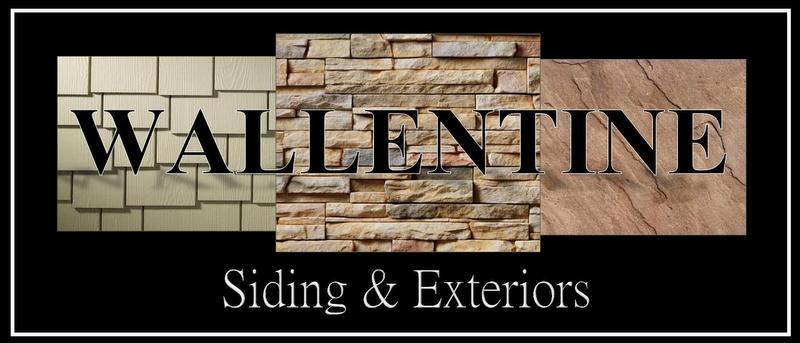What does house wrap in Lehi have to do with survival kits? Think of it as a survival kit for your house. Just as many of us have survival kits to grab in case of earthquakes or other disasters, we need to find ways to protect our homes in case of emergencies. Tyvek is one of those survival techniques.
House Wrap In Lehi
Tyvek is a house wrap that has science and history to back it up. The science behind Tyvek is in the design, the basic way it functions.
The perforations in Tyvek are like a one-way door. Water and water vapor can go only one way through these perforations, which means that Tyvek house wrap can protect your home from water or vapor entering—keeping out rain, snow, ice, humidity. If you want a house wrap in Lehi, nothing else protects quite like Tyvek.
But if you want protection, why not just cover the home in plastic? Why have perforations at all? Because humans create water vapor in normal activities, and if these don’t escape your home, you end up with mold and mildew. Those perforations that act like a one-way door let water vapor escape your home, but not enter. So the steam from your shower or your cooking can get out, but the outside elements can’t get in.
As protections go, this is pretty good. First patented in 1965, Tyvek has been on the market since 1967. And in that time, plenty of homes have been covered and numerous tests have been run. Tyvek holds up. Some of the tests involve using a high-volume, high-pressure hose with water gushing at hurricane speed (that’s around 74 mph!) at the side of the home. Tyvek held up.
Mountaineering teams ascending Mt. Everest often use Tyvek jackets to let their bodies breathe while keeping warm. Postal packages are often made from Tyvek to keep the package protected while it’s shipping. It’s one more layer of protection for them, as it is for your home.

Recent Comments